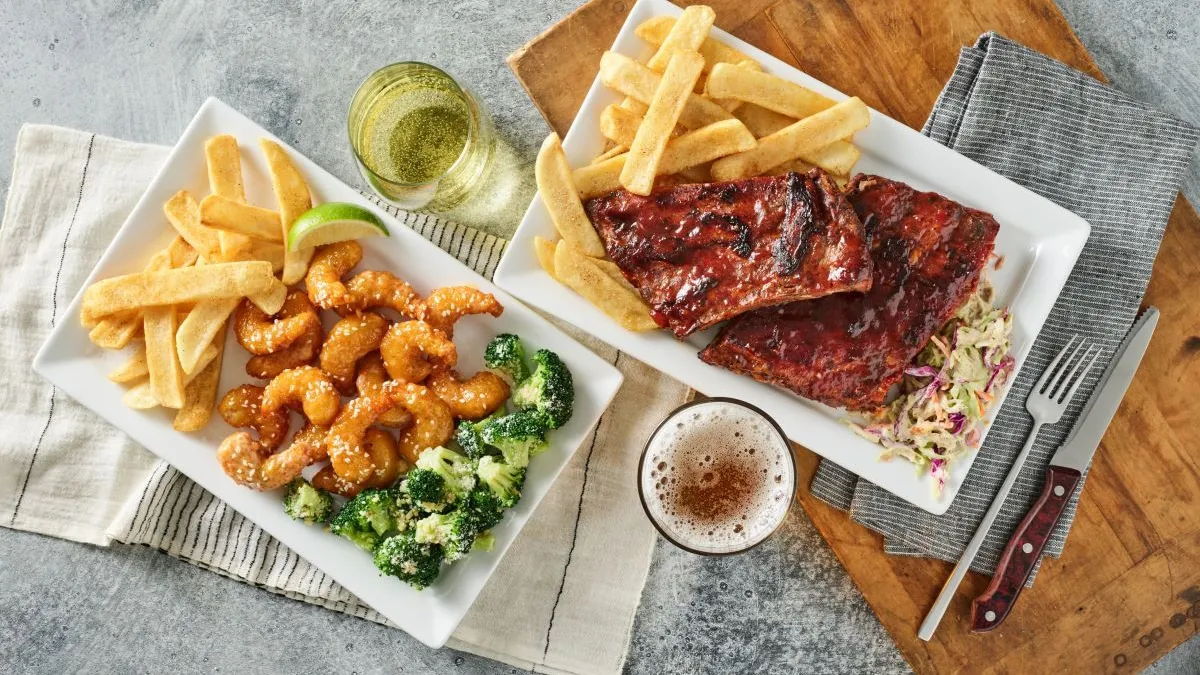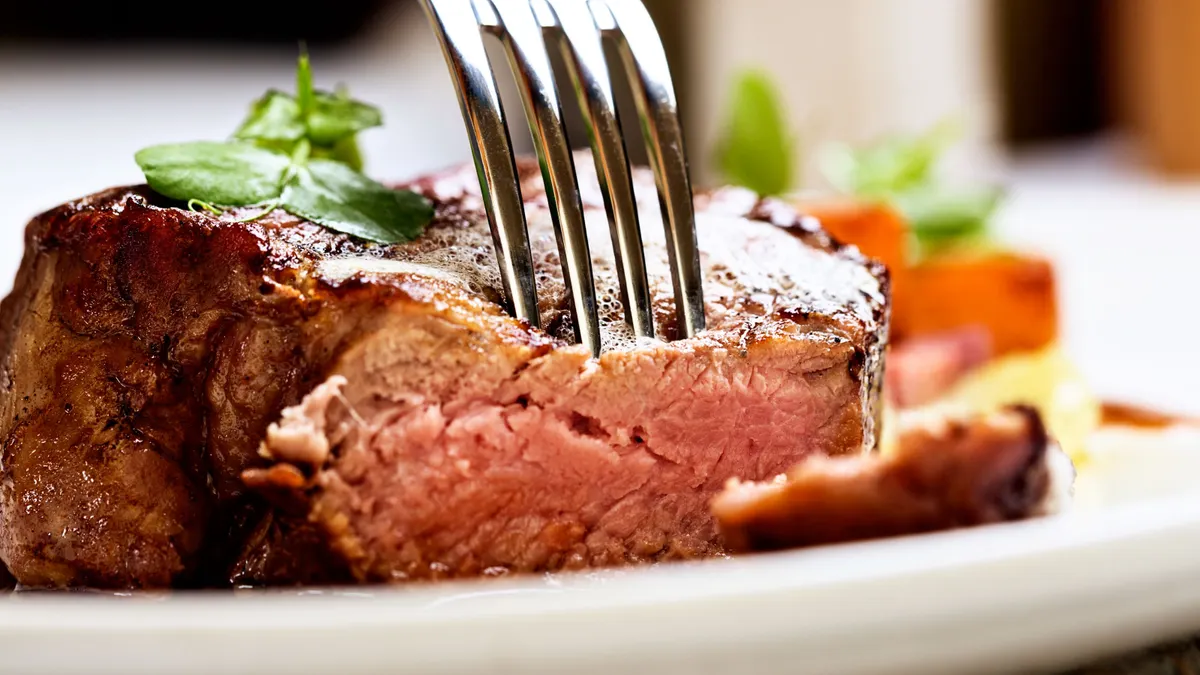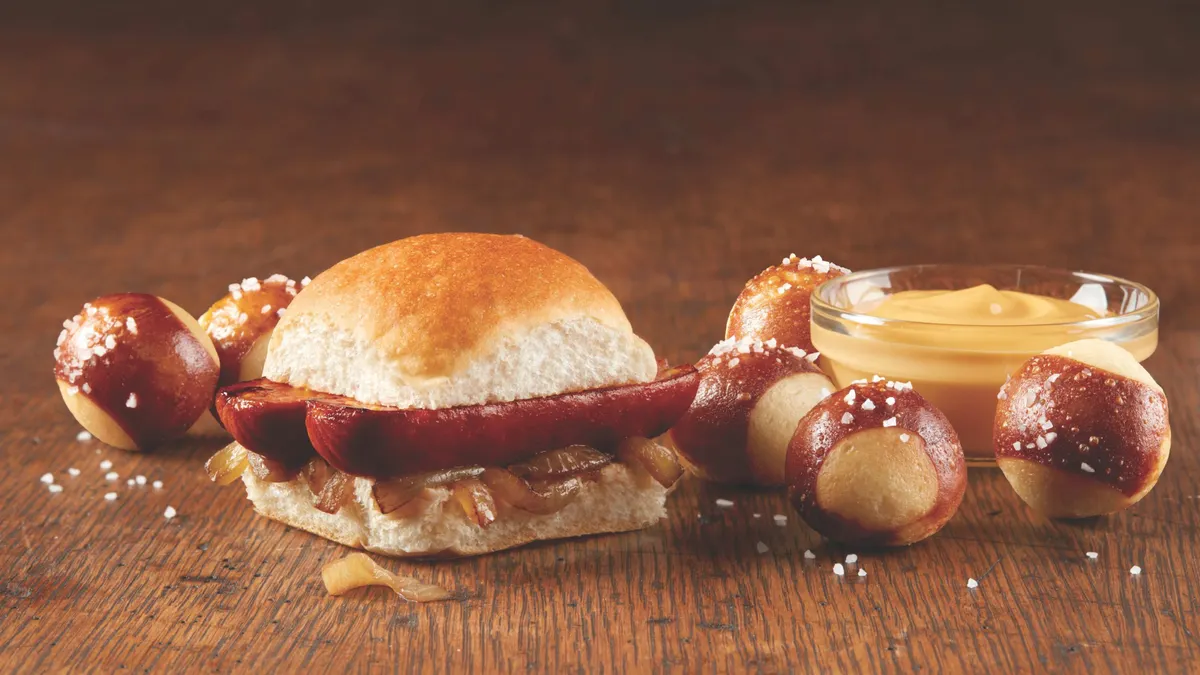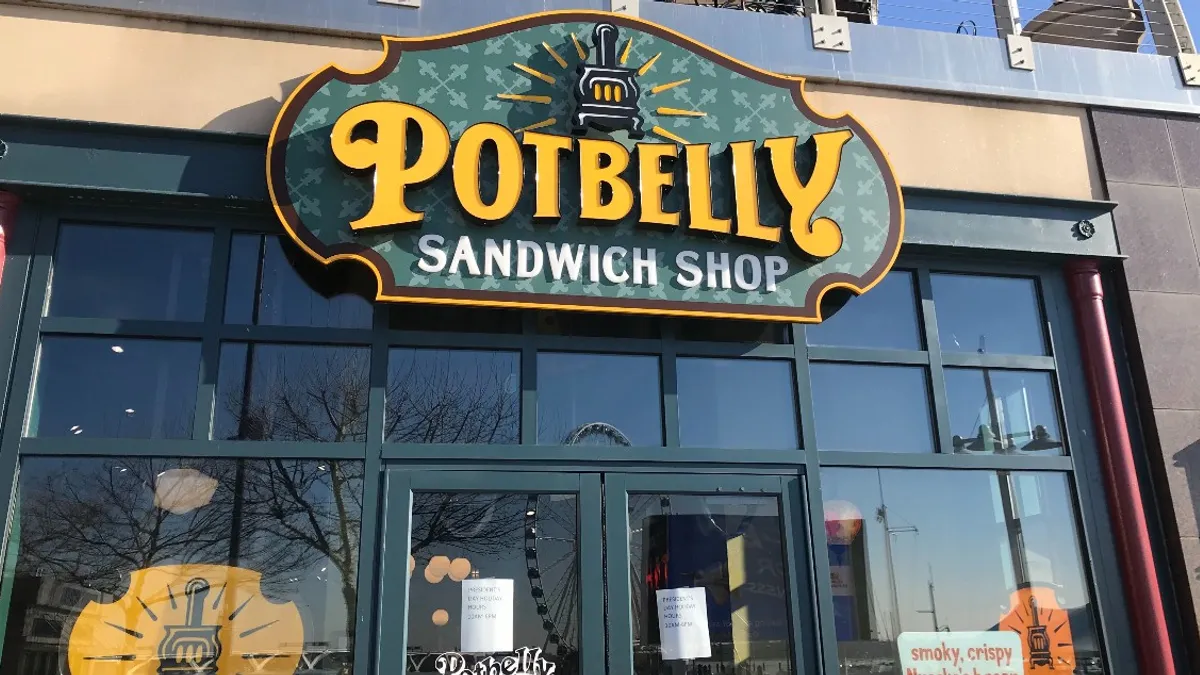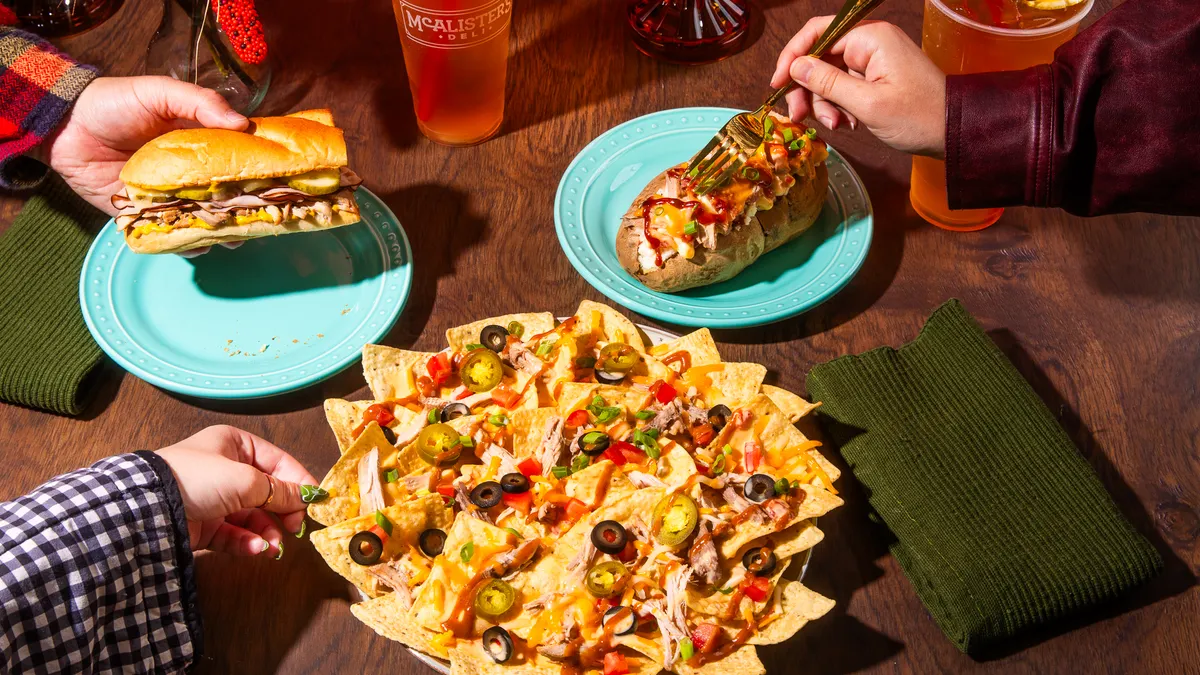Brian Sullivan, Red Robin’s VP of culinary, approached a burger like a blank canvas when thinking about how to improve the casual chain’s signature menu item. He considered ways to heighten the burger with global flavors and cooking techniques, while also maintaining what people love about the food. Ultimately, he aimed to serve high-quality ingredients as part of the company’s North Star Plan.
He had recent practice in menu innovation, too. Before joining Red Robin in January, Sullivan had just rolled out a burger at California Pizza Kitchen in October 2022.
“I believe that you can put anything that you want on a burger and make it interesting,” he said. “I think it’s a use of ingredients or flavor that you might be familiar with, but then combining them in unexpected combinations. … When you taste it it’s like a marriage of some sort.”
On Monday, Sullivan’s vision of better menu quality was revealed across Red Robin’s system. Sullivan and his team have changed items like pickles, tomatoes, onions, and mushrooms, margarita mix and dessert toppings, while still sourcing these ingredients from existing suppliers.
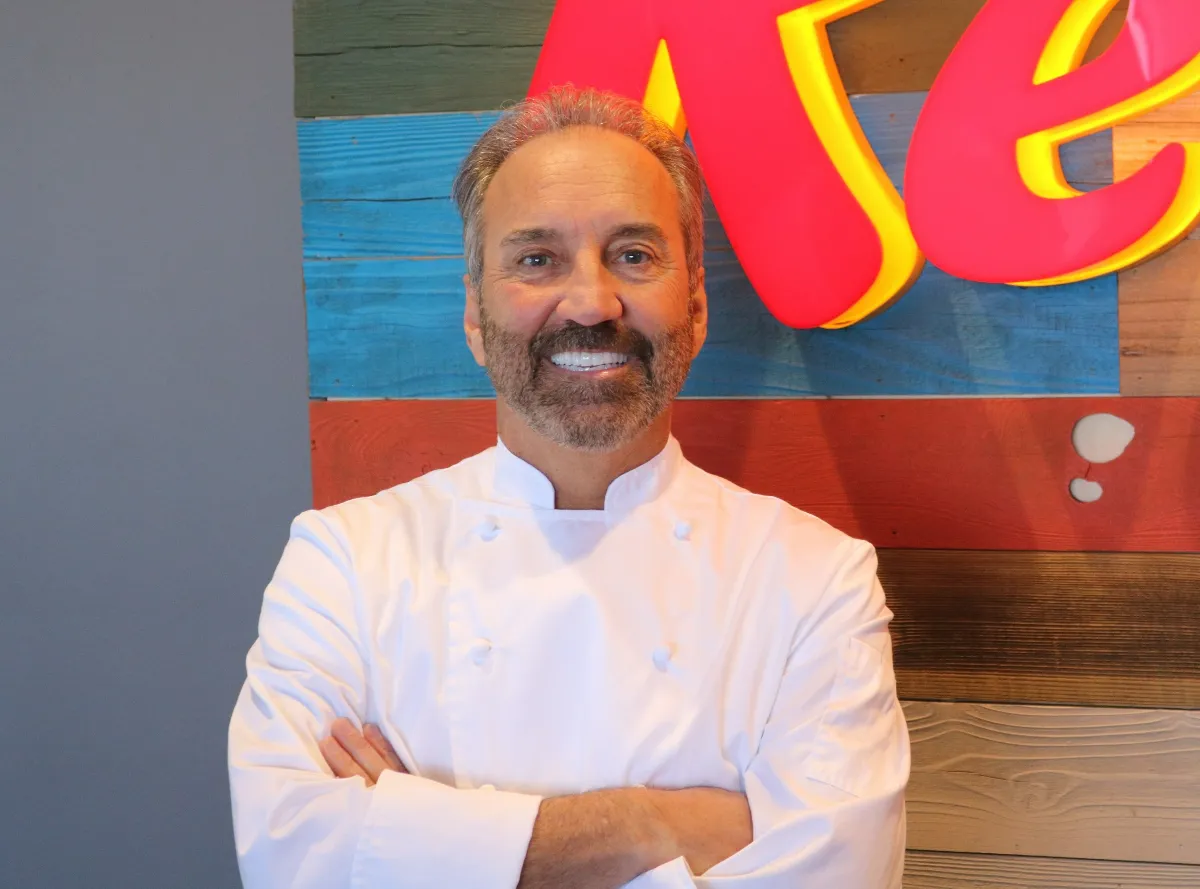
“We’ve touched about 85% of the menu at this point in some form or fashion, whether it’s ingredients or a combination of ingredients and plateware,” Sullivan said. “The food quality and the taste really comes through. You can taste the difference for sure.”
Prior to the October menu rollout, Sullivan’s team had already introduced flat-top grills to improve the cooking process — replacing its old conveyor belt method — and made burgers that were 20% bigger. The team also removed the old red baskets and wraps used for burgers and replaced them with white plateware to elevate its presentation.
“When you take a burger and wrap half of it in paper, you’re concealing the beauty of the burger,” Sullivan said. “[We wanted] to give the burger a stage, which is the plate, to showcase all of the ingredients, the height of the burger and to really put a stamp on gourmet, because ‘gourmet burgers’ is a moniker on our buildings.”
The big menu reveal
On Monday, the chain added several new core menu items, including Tsunami Shrimp as an appetizer and entree, Crispy Parmesan Brussel Sprouts, Whiskey River BBQ Ribs and Garlic Parmesan Broccoli. Red Robin unveiled new limited-time menu additions as well, including BBQ Burnt Ends ‘N Bacon Burgers and Loaded Fries, which were designed to mirror popular flavor trends, Sullivan said.
The bar menu was expanded to include Kendall Jackson chardonnay and Kim Crawford sauvignon blanc Sullivan said. Spirits were upgraded with more premium offerings, like Casamigos Blanco tequila and Angel Envy bourbon. Margaritas have a new mix, paired with fresh lime juice and agave. The dessert menu also features new ingredients like, an upgraded caramel sauce, Sullivan said.
Standard ingredients were upgraded, as well. Red Robin now serves a new mayo, crispy pickles with briny, garlicky flavor, and vine-ripened tomatoes. Using the flat-top grills, mushrooms and carmelized onions will be cooked to order going forward, which was not the case before the menu rollout. The Banzai Burger is now prepared with fresh grilled pineapple rings and the Smashed Avocado N’ Bacon Burger is made with fresh smashed guacamole, replacing the Guacamole Bacon Burger.
In May, the company tweaked its breaded cheese sticks to include better-quality cheese and a new marinara sauce, Sullivan said. Red Robin overhauled its chicken sandwich that same month, marking one of the chain’s most significant menu changes. The sandwich’s chicken cutlet is now hand-breaded and topped with new ingredients, including pickles, mayo and vine-ripened tomatoes. The chicken sandwich, which stands taller at five to six inches high, also has a new bun and is cooked to order for guests.
“It’s just a monster,” Sullivan said. “But that’s an example of … ingredients and the impacts that they’re having on the food.”
Behind the scenes
One of the most important criteria for Sullivan is to ensure that a new item is operationally sound, so that Red Robin can procure the right ingredients for all of its restaurants nationwide. After a new menu concept goes through the operations team, which helps vet the item, it goes to the executive team before it’s greenlit.
Then new items are tested at select restaurants and vetted again for operational execution to determine what may need to be tweaked, how the guests and employees feel about the item and whether staff are happy with the cooking procedures.
“The last thing after the test period is we monitor sales,” Sullivan said. “If we hit our targets on sales and we check all of those boxes, we’re … ready to go and that item would launch in the appropriate menu cycle.”
“We had been working so hard to make these changes and everybody on my team is excited. And the excitement throughout the organization is palpable,” he said, adding that he saw the anticipation firsthand in a Los Angeles restaurant where cooks were happy to work with flat-top grills and use different ingredients.
“There’s just a complete overhaul and you can really feel how it has energized the restaurants,” Sullivan said. “I’m really proud of what we’ve accomplished here. … It’s a really big and exciting time for us.”
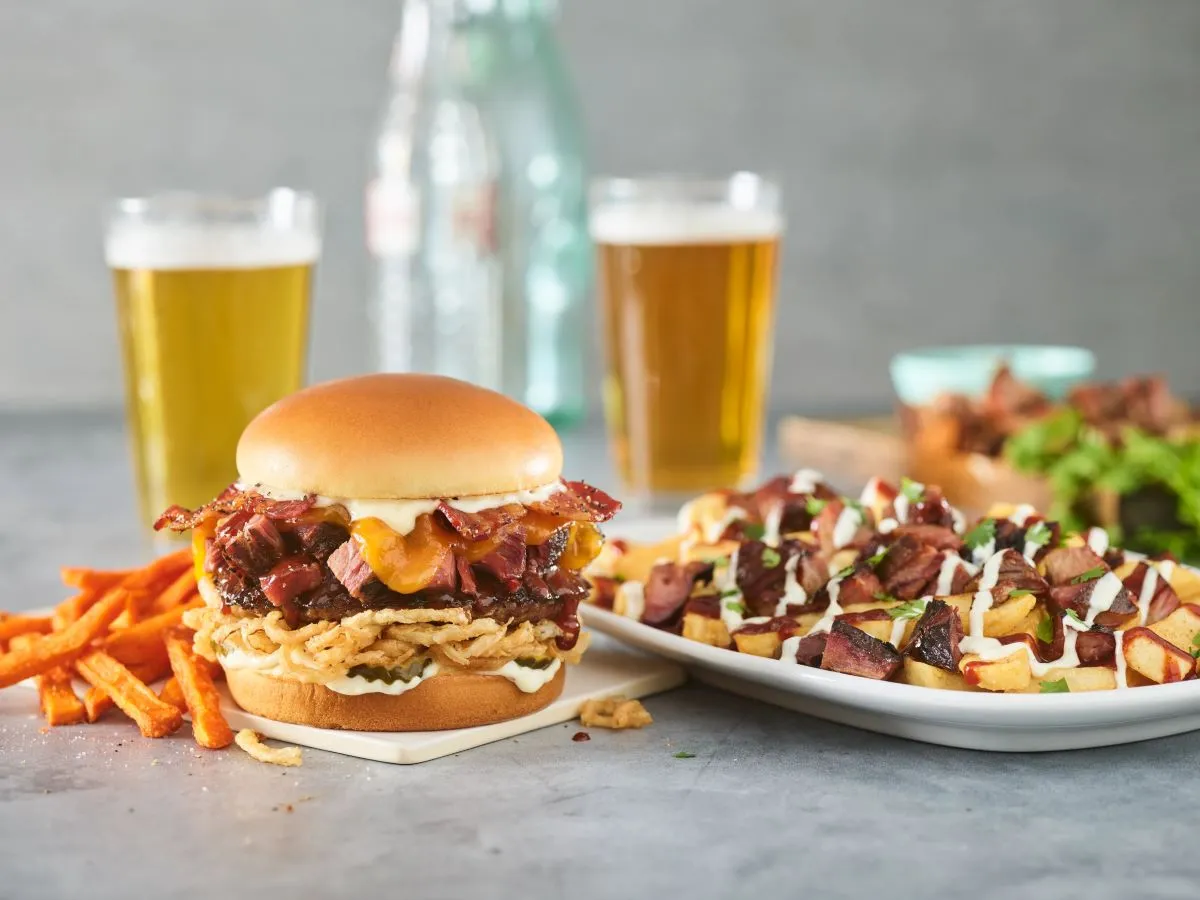
Next up on Red Robin’s menu
The company plans on two menu rollouts next year and two limited-time offering windows. Red Robin will continue to roll out new burgers in the future, with one called the Lava Burger currently in testing in Arizona. The burger is served with roasted poblano peppers, caramelized onions, fresh tomatoes and a queso fundido cheese mix with chorizo that is poured on top using a two-and-a-half-inch tall mold. The mold is lifted off of the burger at the table and the queso cascades over the whole burger.
“It’s an eye opener. It’s Instagrammable. But more importantly, it tastes amazing,” Sullivan said, adding that he expects that burger to roll out during the first quarter of 2024.
Future LTOs will focus more on ingredients that are in season. The next spring/summer menu will include watermelon, fresh strawberries and basil; Sullivan has a salad planned that incorporates these ingredients. The team plans to use strawberry and fresh watermelon juice in cocktails and other beverages. For the fall/winter season, his team is looking at pumpkins, butternut squash and other ingredients that are currently in season that they can test and fine tune for next year, he said.
“We’re constantly researching culinary trends, immersing ourselves in what’s happening in the industry, staying in tune, visiting a lot of restaurants, using consumer insights to guide us to make those decisions,” Sullivan said. “We’re always looking for something that’s going to stand out.”


